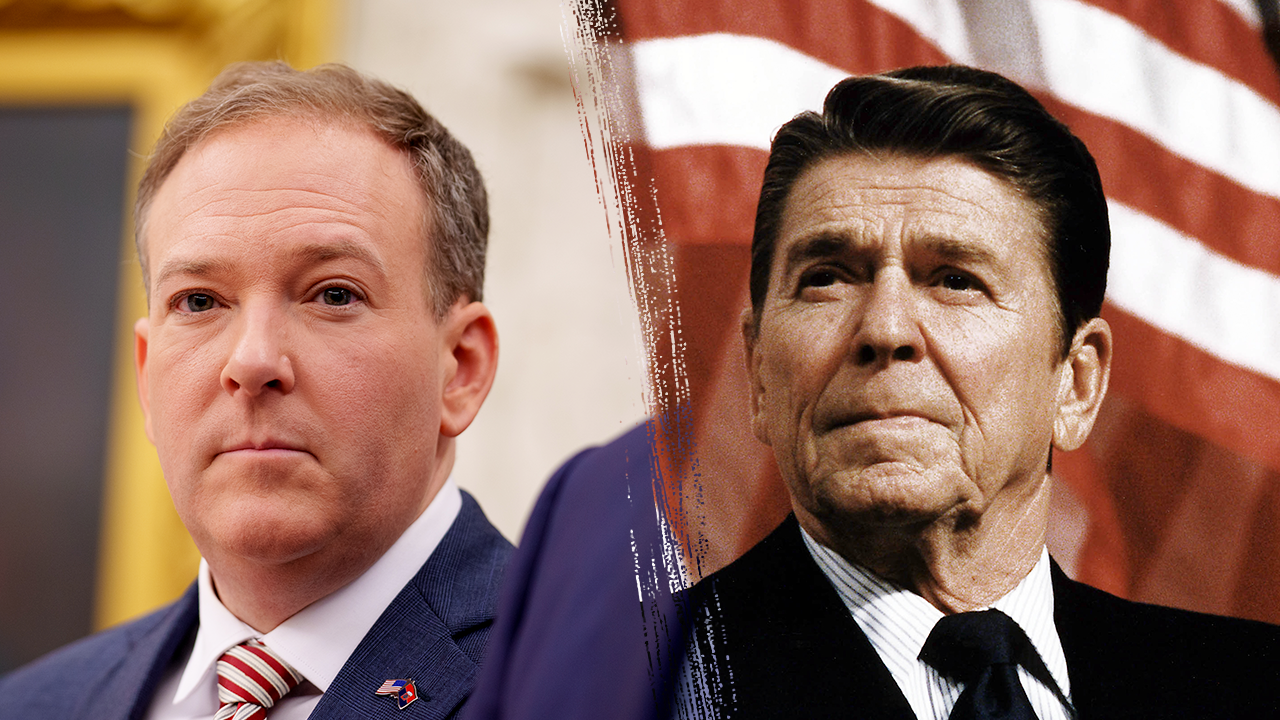In light of Financial Literacy Month in November, the Better Business Bureau (BBB) is reminding consumers to stay on top of their finances by assessing their debts and sorting out the difference between good and bad debts.
“Debt is scary because it can make you feel like there’s a chokehold on your financial freedom,” said spokesperson Aaron Guillen.
“You may have to allocate a huge chunk of your income to debt payments, which limits your ability to save, invest, or enjoy life to the fullest. That’s why it’s so important to take control of it before it controls you.”
What is bad debt?
Bad debt is usually money that you are borrowing to buy an asset that depreciates over time or loses its monetary value entirely. This sort of debt usually carries a high interest rate, such as credit cards, payday loans, or “buy now, pay later” online shopping financing plans.
For example, buying a car can be a form of bad debt if you don’t stay within your budget. As soon as you drive your new vehicle off the lot, the value begins depreciating. If you need to go into debt to buy a car, look for a loan with low or no interest.
Additionally, using a high-interest credit card to spend on “wants” instead of “needs” without budgeting, such as luxury clothing, expensive furniture, or ordering takeout or delivery from new restaurants often is a form of bad debt.
What is good debt?
Good debt is usually debt that helps you generate income and build your net worth. This sort of debt usually helps you work towards long-term financial stability.
For example, most people that further their education tend to heighten their earning potential down the road. An investment in a certificate, degree, or Masters may pay for itself after entering the workforce. However, not all educational pursuits are of equal value, so do your research on salaries and marketplace demand.
Also, investing into real estate has the potential to generate passive income in the future, if you choose to rent a portion of your home out. Not all Canadians can afford to own their own homes, but those who are approved to take out a mortgage and are steady with mortgage payments will be able to reap the monetary benefits in years to come.
BBB’s top three tips to navigate your debt
Work on your personal budget
- Tracking your spending month to month is a strong way to identify where you can cut back. Write down all fixed expenses, like groceries, cell phone, and rent or mortgage. If paying off debt is a priority, that may look like lowering the budget for your wants and boosting the budget for your bill payments. Maybe in real practice, this looks like buying a vehicle that is five years old, versus driving a new 2024 vehicle off the lot. This could also mean buying a smaller house than you’ve been pre-approved for. Try out the budget planner built by the Financial Consumer Agency of Canada.
Avoid only paying the minimum amount on your bills
- Paying the minimum amount of money to your bank lender will make it very difficult for you to amass any amount of wealth. Think about every cent that you spend on interest owed, could have been towards your retirement, buying a home, or splurging on a vacation. It’s best practice to pay your bills on time, every time.
Don’t be afraid to ask for help
- When it comes to debts, it’s important to know who you owe, how much you owe, and how you will afford to pay off your loans. If needed, book a meeting or call with a bank advisor or your lender to assess your options around how to pay off your debt, such as choosing a debt avalanche, debt snowball method, or a debt consolidation loan. With a debt avalanche, you approach the debt with the highest interest rate first. With the snowball method, you simply pay off your smallest debt first. Both situations will create momentum to pay off your next debt.
Look for the Sign of a Better Business by going to BBB.org and trusting an Accredited Business to get the job done right as your financial planner.







:quality(70)/d1hfln2sfez66z.cloudfront.net/12-15-2023/t_38ca9b7a328b4cb1abdbc2db6ced25c1_name_iStock_952094800.jpg)


























